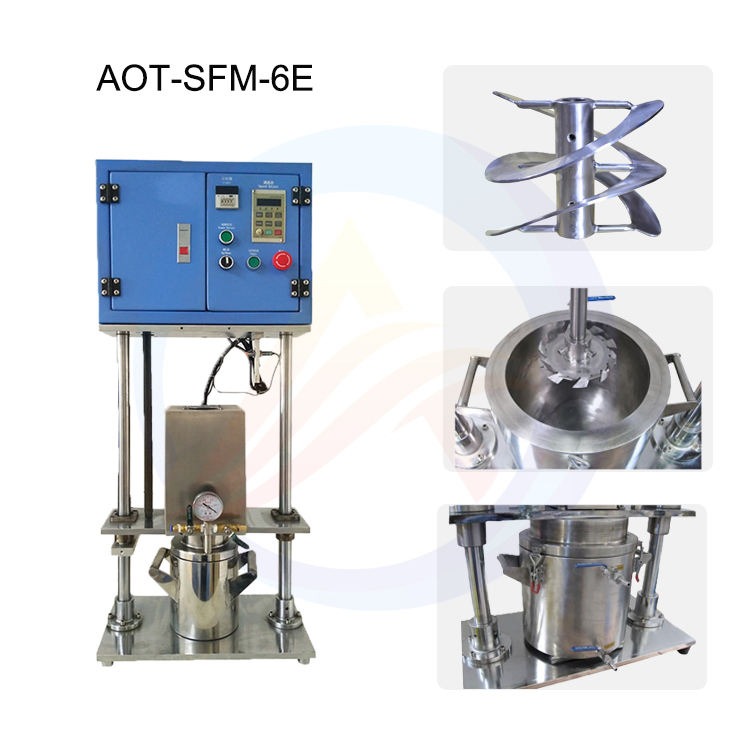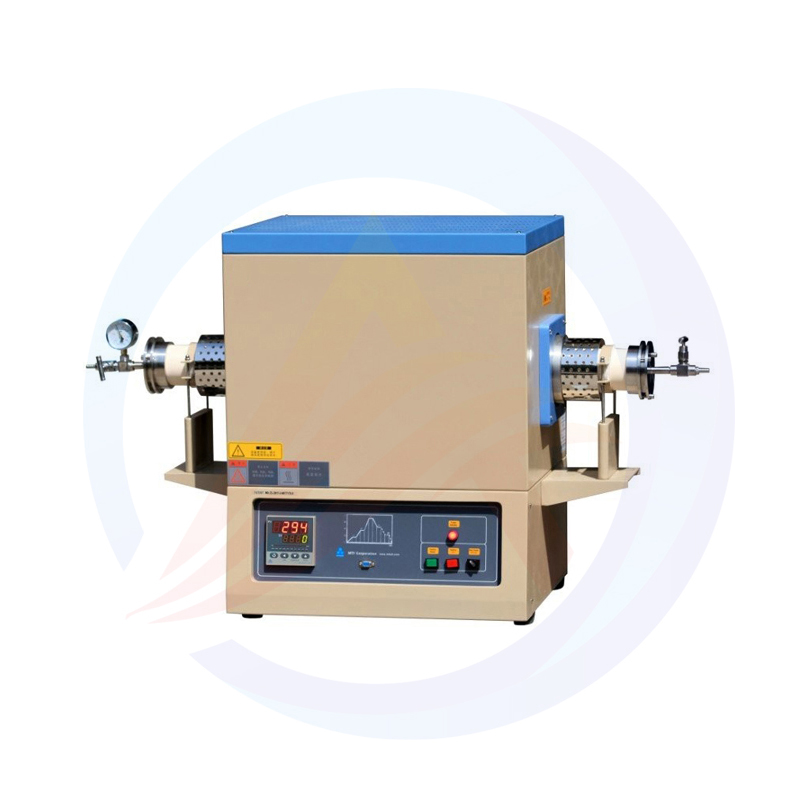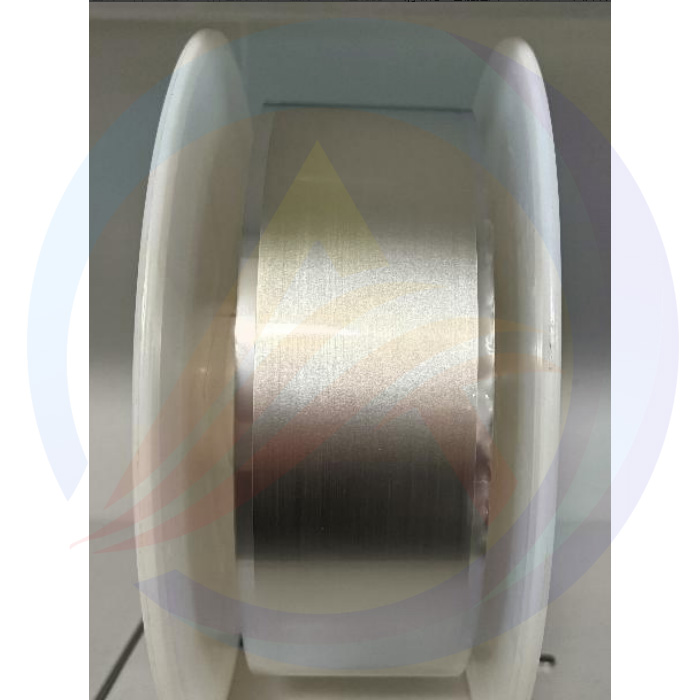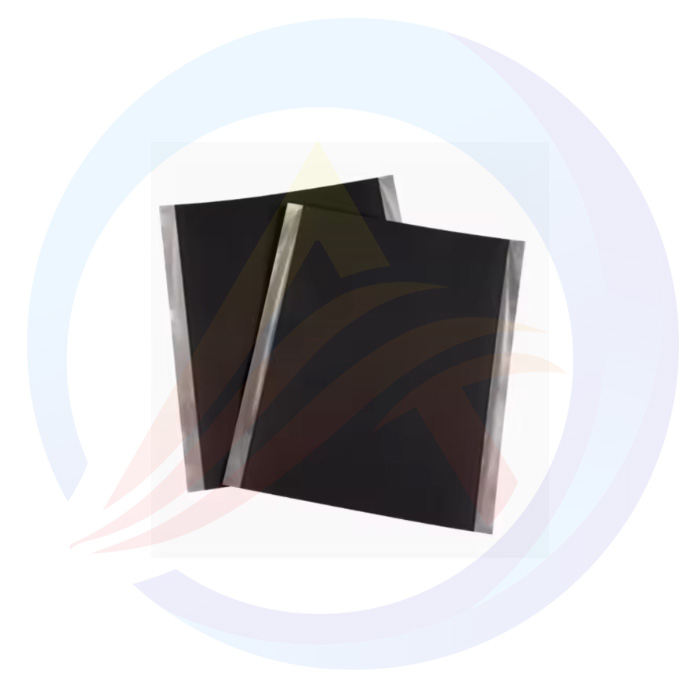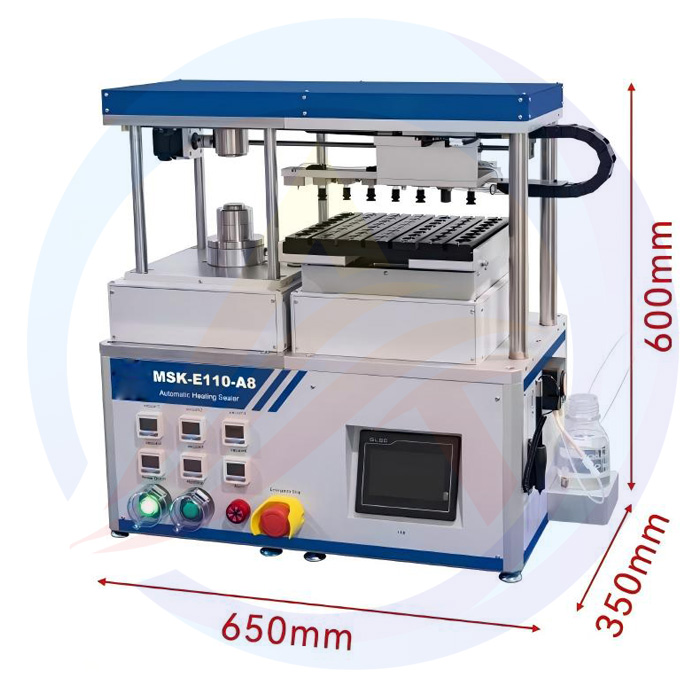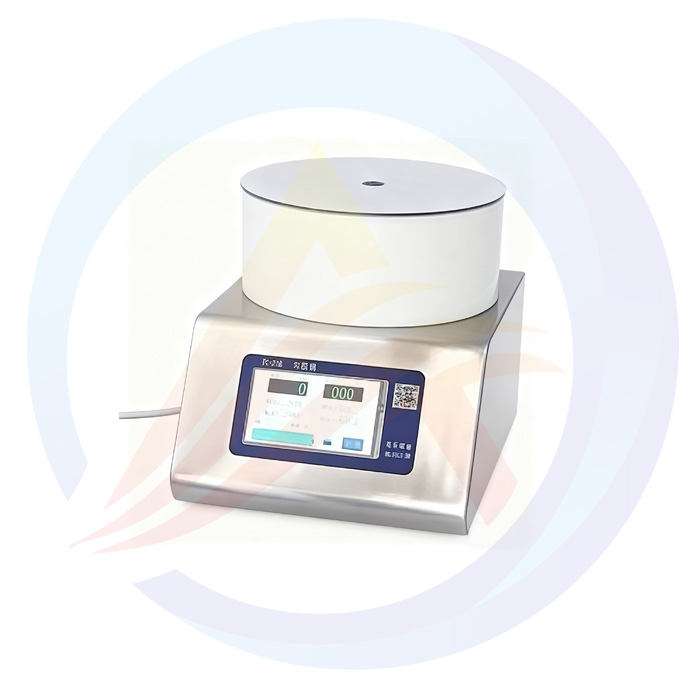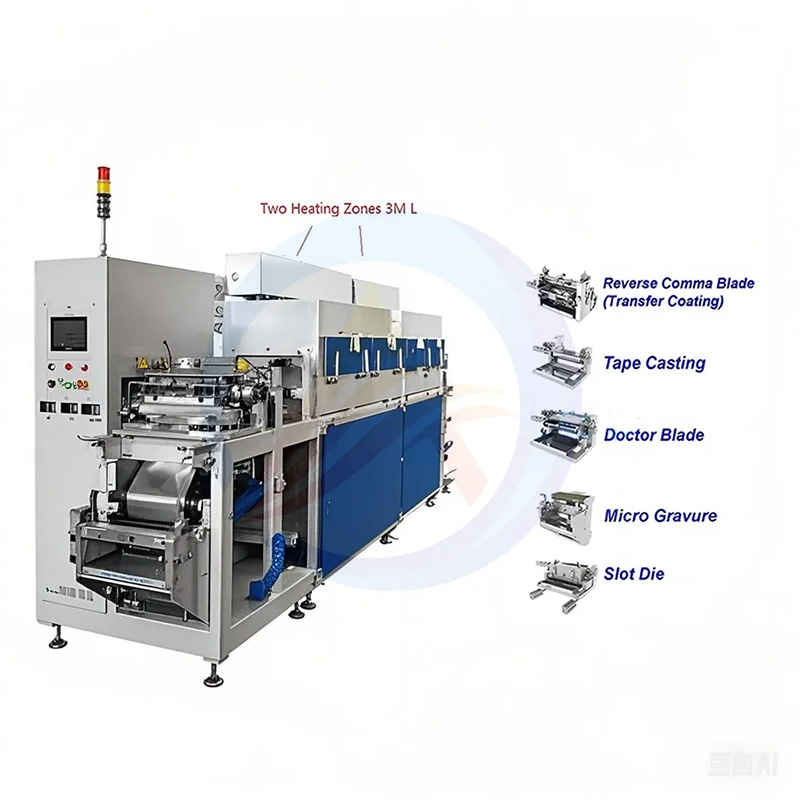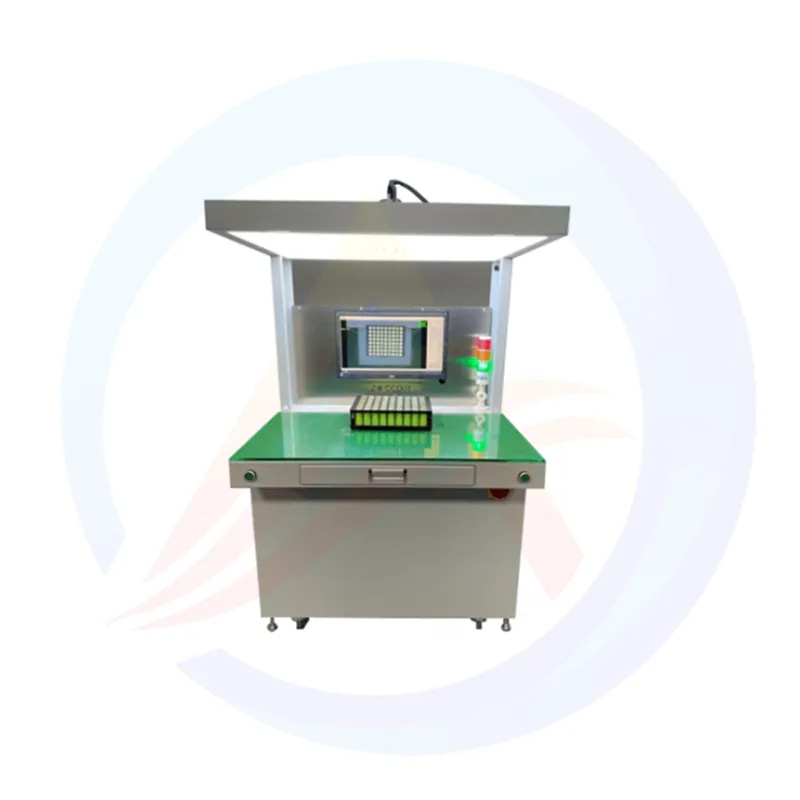I. Introduction
The coating process of lithium batteries is one of the key links in lithium battery production, and its quality directly affects the performance and quality of the batteries. The entire coating process consists of several continuous procedures, from placing the substrate into the coating machine (called unwinding) to the coated substrate coming out of the machine (called rewinding). The overall process is as follows: unwinding → sheet joining → sheet pulling → tension control → automatic deviation correction → coating → drying → tension control → automatic deviation correction → rewinding. The smooth operation of the coating process relies on a series of professional equipment. The main related equipment is briefly introduced as follows:
II. Main Equipment and Working Principles
1. Coating Machines
(1). Doctor Blade Coating Machine
Working Principle: The foil substrate comes into contact with the slurry tank via the coating roller, and the doctor blade controls the coating thickness while scraping off excess slurry.
Application Scenarios: Commonly used in laboratories or small-scale production.
Types of Doctor Blades: Comma doctor blades, which feature high strength and hardness, suitable for slurries with high solid content and high viscosity.
(2) Transfer Coating Machine
Working Principle: The coating roller drives the slurry, adjusts the transfer volume through the gap of the comma doctor blade, and the back roller and coating roller transfer the slurry onto the substrate.
Application Scenarios: Mainly used in the production of 3C batteries.
(3)Slot Die Coating Machine
Working Principle: The coating liquid is extruded through the slit of the coating die under pressure and flow control, then transferred onto the substrate.
Application Scenarios: Widely used in power battery production, offering multiple advantages.
2. Mold Temperature Controller
Working Principle: Precisely controls the temperature of each process in electrode sheet production.
Function: Ensures the stability of the coating process, guarantees the consistency of coating effects, and influences the viscosity of coating slurry, the forming quality of electrode sheet surfaces, and battery performance.
3. Drying Equipment
(1) Oven
Working Principle: Dries the coated electrode sheets through hot air circulation.
Control Parameters: Temperature, airspeed, drying time, etc.
(2) Infrared Drying Equipment
Working Principle: Uses infrared radiation energy to heat and dry electrode sheets.
Advantages: Fast drying speed, high energy utilization rate, and minimal thermal damage.
4. CCD Detection Equipment
Working Principle: Based on machine vision and digital image processing technologies, it online detects defects, dimensions, thickness, etc., of electrode sheets.
Function: Determines whether products meet requirements and outputs control signals.
5. Slurry Mixing Equipment
Working Principle: Mixes positive and negative electrode active materials, conductive agents, binders, etc., with solvents.
Influencing Parameters: Mixing speed, time, temperature, etc.
6. Transfer Tank
Function: Stores and transfers the mixed slurry.
Requirements: Has good sealing performance and a stirring function.
7. Pump
Function: Transports the slurry from the transfer tank to the head of the coating machine.
Requirements: Provides stable flow and pressure output.



